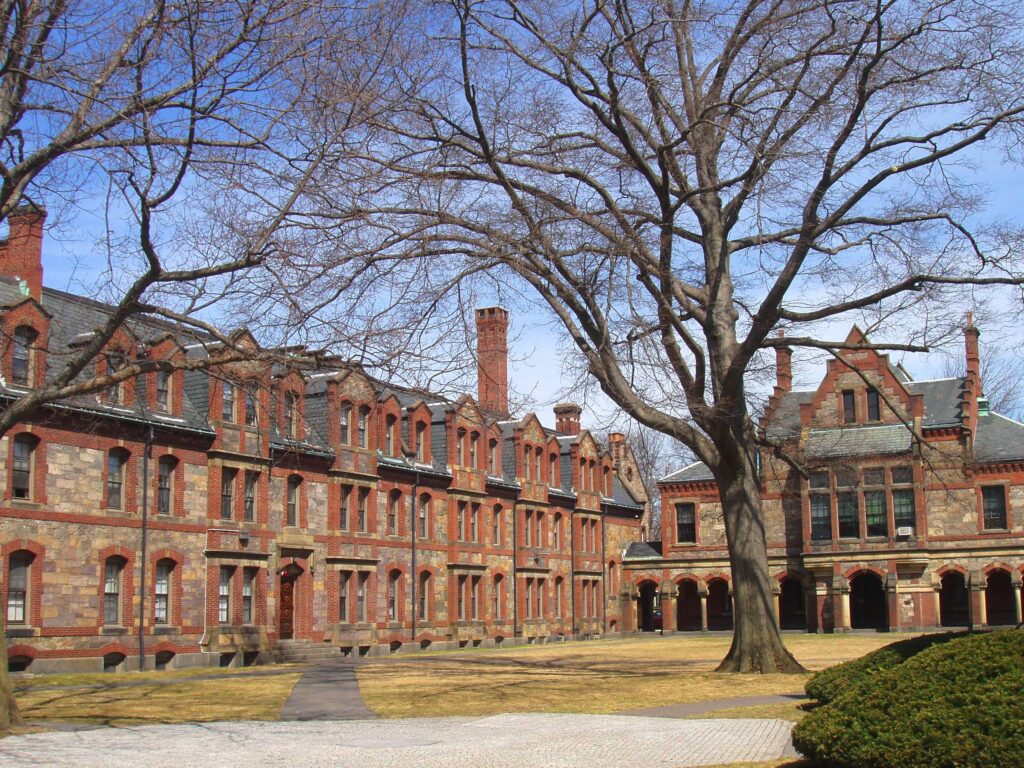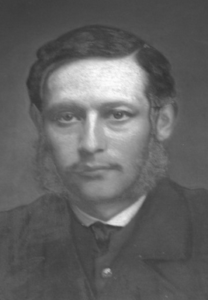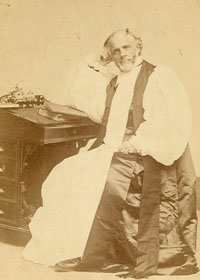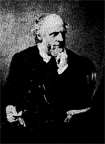
The Rev. Mary Douglass Burnham, 1899, by permission of SUNY Upstate Medical University
Having learned of a recent massacre of Sioux Indians from her friend Evelina Bogart of Albany NY, parishioner Mary Douglass Saville (Mrs. Wesley) Burnham (1832-1904) founded the Dakota League, a mission of our diocese (and eventually other Boston-area churches) to support Native Americans in the Dakota Territory.

Isabella Stewart Gardner by John Singer Sargent, courtesy of the Gardner Museum via WikiCommons
April 10. Isabella Stewart Gardner was confirmed at Emmanuel by the Rt. Rev. Dr. Manton Eastburn, Bishop of Massachusetts. It was the fourth anniversary of her marriage to John Lowell (Jack) Gardner, Jr., who had purchased Pew 28 in 1862. Although the Stewarts had been members of Grace Church in New York City, their children were not confirmed until they reached adulthood. Louise Hall Tharp in her biography Mrs. Jack hypothesizes that Isabella’s confirmation “might have been a sort of thank-offering for the child she so much wanted”. John Lowell 3rd, born on June 18, 1863, unfortunately died on March 15, 1865. His baptism and burial are recorded in our parish register. The Gardners, who lived nearby at 152 Beacon St., later raised their orphaned nephews, sons of Jack’s brother Joseph, also owned a pew until his death in 1875.
Take a visual tour of her museum and its collection at Google’s Cultural Institute.






 March 24. The Rev. Dr. Frederic Dan Huntington
March 24. The Rev. Dr. Frederic Dan Huntington 